It’s a trip that none of us want to ever take, let alone pack for. And yet, being ready is something we’ll be glad we did, should we ever need to quickly leave our homes with our pets for safety.
Or, should we need to shelter in place for several days, we’ll be glad we have everything we need stored at home to get us through.
Let’s talk evacuation preparedness first.
Each of us should be as ready as possible in case the unthinkable happens. The more prepared we are now, to leave our homes at a moment’s notice if given the order to evacuate, the better. So, evacuation kits, AKA “Go Bags.”
Take the time now to assemble what you need for yourself, your family and your pets.
It’s a process. Start with small steps, and this task is easier.
First, think about how many are in your family. Each family member needs a bag or tote bin that’s packed with what they need.
Include your pets!
Tote/grocery bags are so useful, and you probably have one or 3 lying around already.

Backpacks are good (hands-free). They don’t need to be costly.
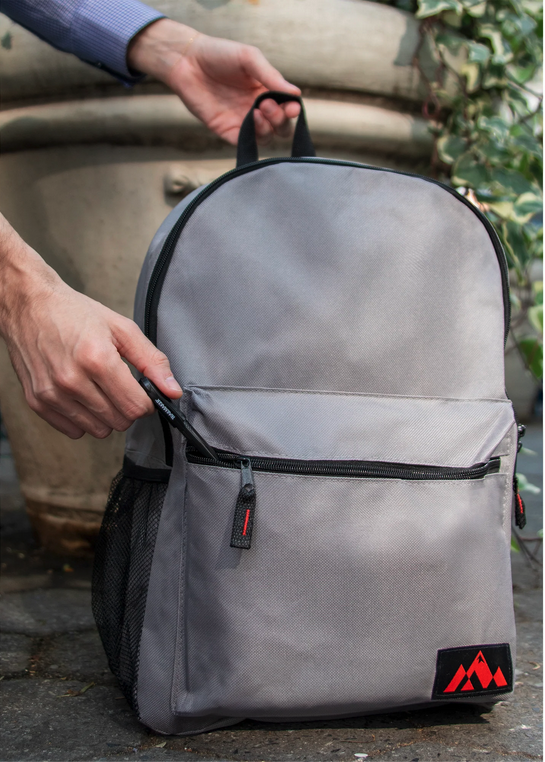
A plastic tote bin is nice for pets, and a single bin can hold supplies for more than 1 pet.
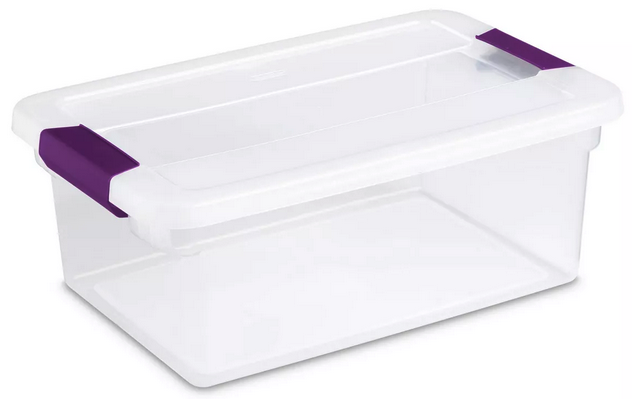
Suggestion: Don’t wait to find the perfect bag/backpack before you start collecting what items you’ll need to evacuate with. Use what bags you already have at home and start dropping items in there.
Set that bag out there where you’ll see it (not in a closet), so you’ll pass by and remember something else you’ll need to add. Over time, that bag will fill up.
So again, that’s where to start — a few bags or a backpack you already have. Start thinking about what you’ll need to take on that trip. List of possible items in the link below. Keep going!
Evacuating preparedness: Ziploc and trash bags
That’s right! Go bags need Ziploc bags. Perfect together.
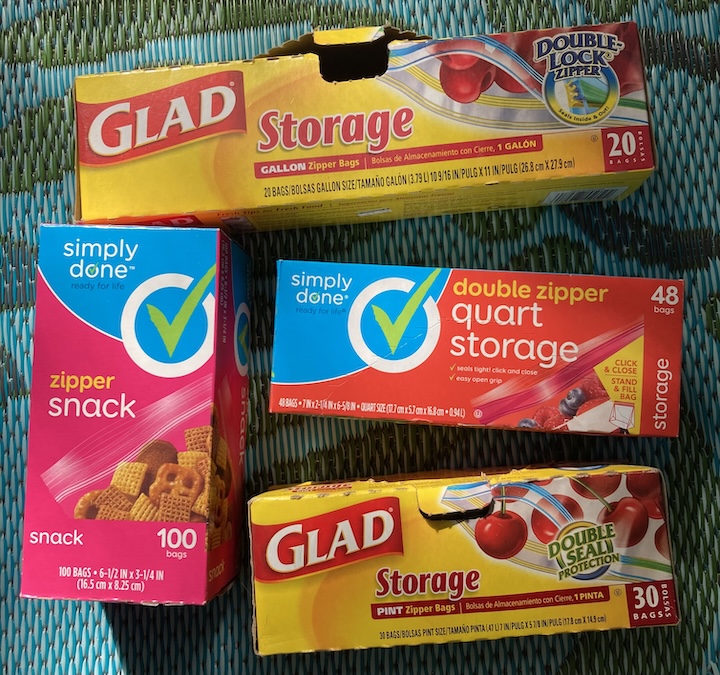
Remember that vacation when your shampoo bottle cap got loose while squished in your luggage…say no more. You learned to store an item that can leak, spill, scatter, etc in a plastic sealed bag before it goes in your luggage.
So, your spare batteries, emergency cash, important documents, snacks, spare socks, toiletries, you get the idea.
Ziplocs also keep things dry from the elements. You may need to evacuate in the pouring rain, so unless everything is in a plastic tote bin with a lid, you’ll need to keep your items dry in your go bag.
Dollar stores usually carry zippered plastic bags in all sizes.
Also, pack a few trash bags in your go bag. So many good uses for a trash bag: storage, holding trash, or a ground layer to protect from wet ground, mud, etc
Evacuating successfully means bringing all the batteries.
Your battery-powered devices need spare batteries and/or chargers.
3 examples of devices that use AA or AAA batteries:
Flashlights, headlights, and small radios that broadcast the NOAA Weather Radio All Hazards (NWR) (https://www.weather.gov/nwr) radio band
Take out the batteries and store them separately if you don’t plan to use a device soon.
Store extra batteries in a battery box – keep batteries dry and avoid excessive heat and humidity.
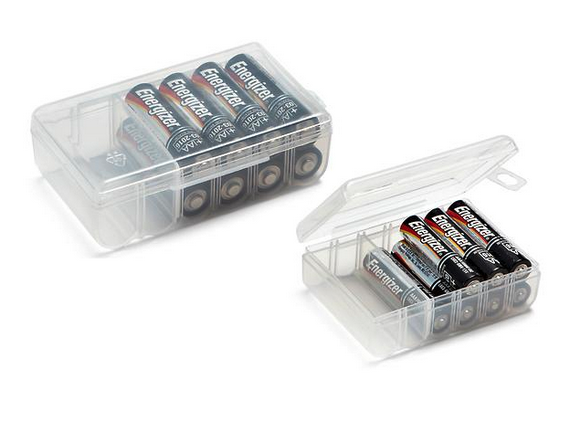
Don’t store old and new batteries together, and don’t store batteries with opposing ends touching.
You’ll want to bring your phone charger. Bring the charging cable in case you use a power bank to recharge your phone.
Power banks?
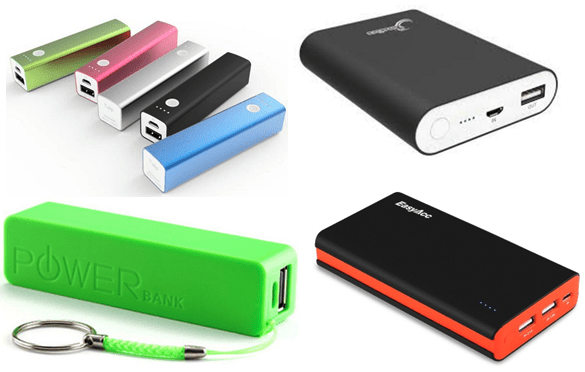
Power banks are great for charging several devices at the same time –if the devices allow USB charging.

Power banks can be charged via USB ports from another charger, or charge while plugged into a wall outlet.
https://powerbankexpert.com/what-is-a-power-bank-power-banks-explained
Let’s take a quick break from the “stuff” to have on hand. Let’s talk “alerts.”
Being prepared also means being informed by receiving various alerts in your community.
Nixle is a Community Information Service. Stay connected to your local police department, your children’s schools, your local community agencies and organizations.
Text your ZIP code to 888777 to sign up for Nixle alerts, or sign up for an account online at
https://local.nixle.com/accounts/login
And…
Equally important to having your pet’s supplies packed and ready is the big question:
Will your dog remain calm and focused on you if you have to evacuate?
If you need to go to a public shelter, for example, your dog will need to accept being crated in a temporary, unfamiliar location, with other pets likely present in the same shelter.
Create a training plan in advance for your dog.
Watch the 4-minute video and read further:
How’s your pet’s go bag looking? There’s always something else to add.
Like with the human go bags, be assured that this is a work in progress for your pet’s supplies.
Start with those items that you know your pet will need every day and put them into a backpack, or tote bag, or plastic tote/bin, whatever works for you.
Examples of everyday items:
a carrier/crate for each pet,
dog or cat treats,
favorite toys,
pet collar with ID tags
leash & harness + slip lead,
poop bags,
a small cardboard litter box and a quart sized Ziplock bag with clean litter,
paper towels, wee wee pads, spray sanitizer, trash bags
a few cans of wet food,
fresh water for several days
a Ziplock bag of dry food, enough to last several days.
Also,
Blankets and towels for the carrier,
food and water dishes,
calming spray for bedding (Feliway for cats, Adaptil for dogs)
A paper or digital copy of your pet’s vaccinations and registration
pet first aid kit
your pet’s medicine
photos of you with your pet, for easy identification
These items, stored and ready to go, are how you prepare your pet for an emergency.
This page will keep growing …check back soon!